How to Actually Get Motor Oil Out of Your Clothes (A Pro’s Guide)
After years of working around engines, I’ve learned one thing for sure: motor oil has a special talent for finding its way onto clothes. From my toughest denim work pants to a cotton t-shirt I definitely shouldn’t have been wearing in the garage. But here’s the good news: a black smear of 10W-30 doesn’t have to be a death sentence for your favorite shirt. It’s not magic, it’s just knowing how to break the stain down correctly.
In this article
But you absolutely have to act fast and, more importantly, act smart.
In a Rush? Do This One Thing First.
If you only have a minute, do this: GENTLY blot the stain with a paper towel (don’t rub!), then dump a huge pile of cornstarch or baking soda on it. Seriously, make a little mountain. Let it sit for at least an hour. This single step pulls out the majority of the oil and is the most important thing you can do to save the garment.
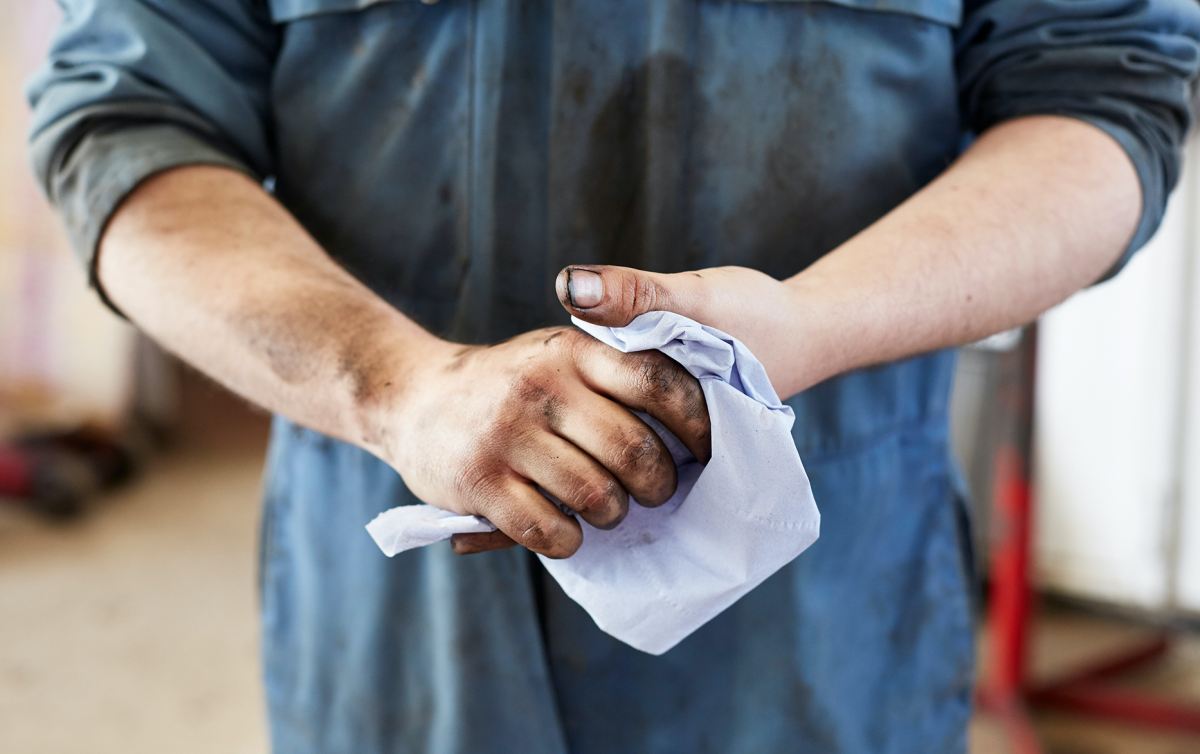
Okay, Let’s Understand the Enemy
So why is motor oil so stubborn? It all comes down to some simple science. Motor oil is, well, an oil. Its molecules are non-polar. Water, on the other hand, is polar. Because they’re fundamentally different, they repel each other. It’s why you see oil floating on top of a puddle.
Your clothes are a bit more complicated. Natural fibers like cotton love water, but synthetic fibers like polyester are basically a type of plastic—and they are non-polar, just like oil. This is why oil seems to form an instant, unbreakable bond with your workout gear or polyester-blend shirts. The oil molecules literally feel more at home buried in the fabric than they do sticking to each other.
When you just toss an oily shirt in the wash, the water and detergent can’t get a good grip on the oil. You need something to either dissolve it or lift it away first. And that’s exactly what we’re going to do.
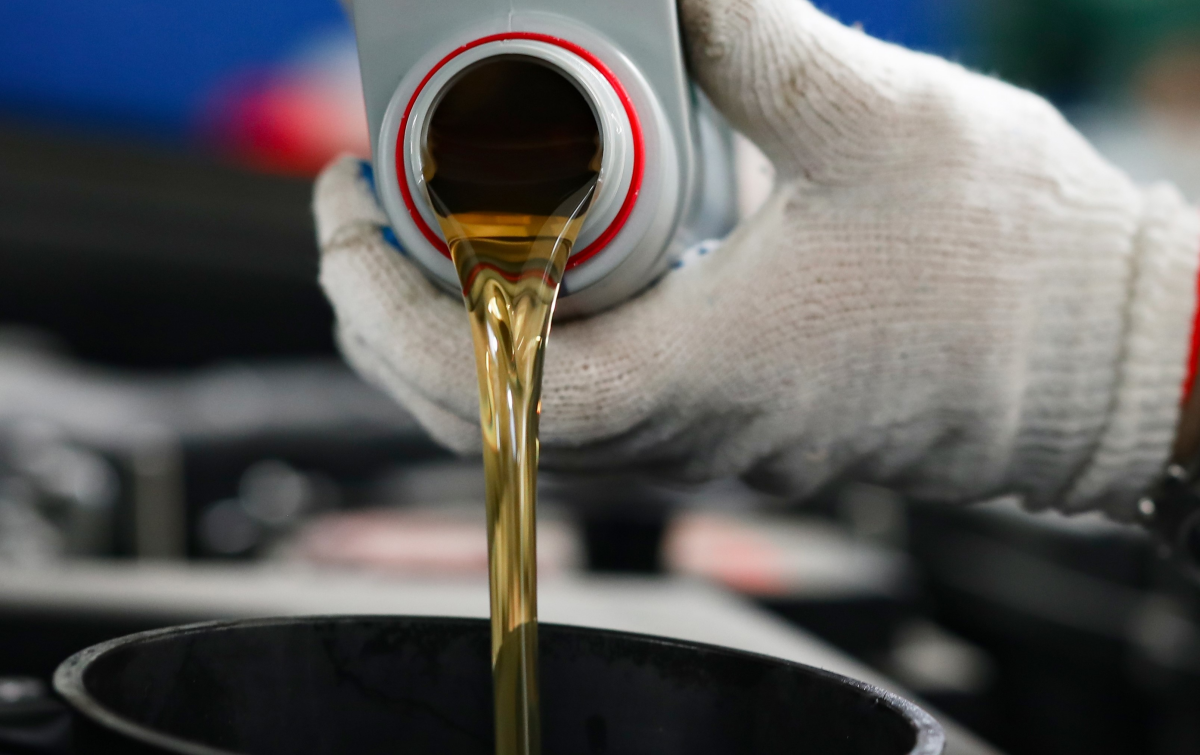
First Aid: The Immediate Action Plan
What you do in the first half-hour makes all the difference. The goal is to get as much oil off the surface as possible before it soaks in for good.
First, as I said, blot the stain with a clean paper towel or an old rag. Press down firmly, lift straight up, and use a clean part of the towel for each blot. Your instinct will be to scrub, but don’t! Rubbing just grinds the oil deeper into the fibers and makes the stain bigger.
Next, grab an absorbent powder. Lay the clothing flat and stick a piece of cardboard behind the stain so it doesn’t bleed through. Now, generously cover the entire stain with powder. You can’t use too much here—a layer at least a quarter-inch thick is perfect. Let it sit for at least 30 to 60 minutes, though a few hours is even better for heavy stains. You’ll actually see the powder get clumpy and dark as it wicks the oil out.

Good to know: Cornstarch and baking soda are your best bets. Baby powder works too. A common question is, can you use regular flour? I’d advise against it. Flour can get gummy and pasty when it comes into contact with the oil and any moisture, creating a whole new mess to clean up.
After it’s done its job, just scrape the powder off into the trash with an old credit card or a spoon.
Pre-Treating: Choosing Your Weapon
The powder got most of it, but now we need to tackle what’s left. This is where you pre-treat the stain before it ever sees the washing machine. Which method you choose depends on the fabric and how bad the stain is.
Heads up! Always test any of these methods on a hidden spot first, like an inside seam, to make sure it doesn’t mess with the color.
-
The Go-To Method: Liquid Dish Soap. This is your safest and most reliable option for almost any fabric. A quality grease-cutting liquid dish soap (you know, the classic blue kind) is packed with surfactants. Think of them as little helpers that have one arm that grabs oil and another that grabs water. Apply a dime-sized drop directly to the stain. Gently work it in with your finger or a soft-bristled toothbrush, moving in small circles from the outside of the stain inward. Let it sit for about 15-20 minutes, then rinse the spot with warm water before washing. Best For: Almost everything, from cotton t-shirts to polyester. Risk: Very low. Cost: Pennies.
-
The Heavy-Hitter: Mechanic’s Hand Cleaner. For super stubborn stains on tough fabrics like denim, canvas, or workwear, sometimes you need to bring in the big guns. Those gritty, citrus-based hand cleaners (like Gojo or Fast Orange, you can find them at any auto parts store for about $8-$12 a tub) contain solvents that dissolve grease for a living. From my experience, this is the trick for light-colored work pants. But be warned: this stuff is powerful and can sometimes pull the dye out of darker fabrics. I learned that the hard way on a pair of dark blue jeans that now have a permanent light blue spot. A spot test isn’t a suggestion here; it’s mandatory. Work a small dab into the stain, let it sit for 30 minutes, and then rinse thoroughly before applying some dish soap to the area to remove the cleaner’s residue.
-
The Secret Weapon: WD-40. This one surprises people, but it works on the principle of “like dissolves like.” WD-40 is a light, penetrating solvent that can thin out the heavy, gunky motor oil, making it easier to wash away. But here’s the critical part: you are essentially replacing a heavy oil stain with a lighter, easier-to-remove oil stain. You MUST follow this up with dish soap. Spray just enough WD-40 to saturate the spot, let it sit for 20 minutes, and don’t panic! The stain will look bigger and wetter—that’s part of the plan! Now, just treat that new, weaker stain with a generous amount of dish soap, work it in, and then you’re ready to wash.
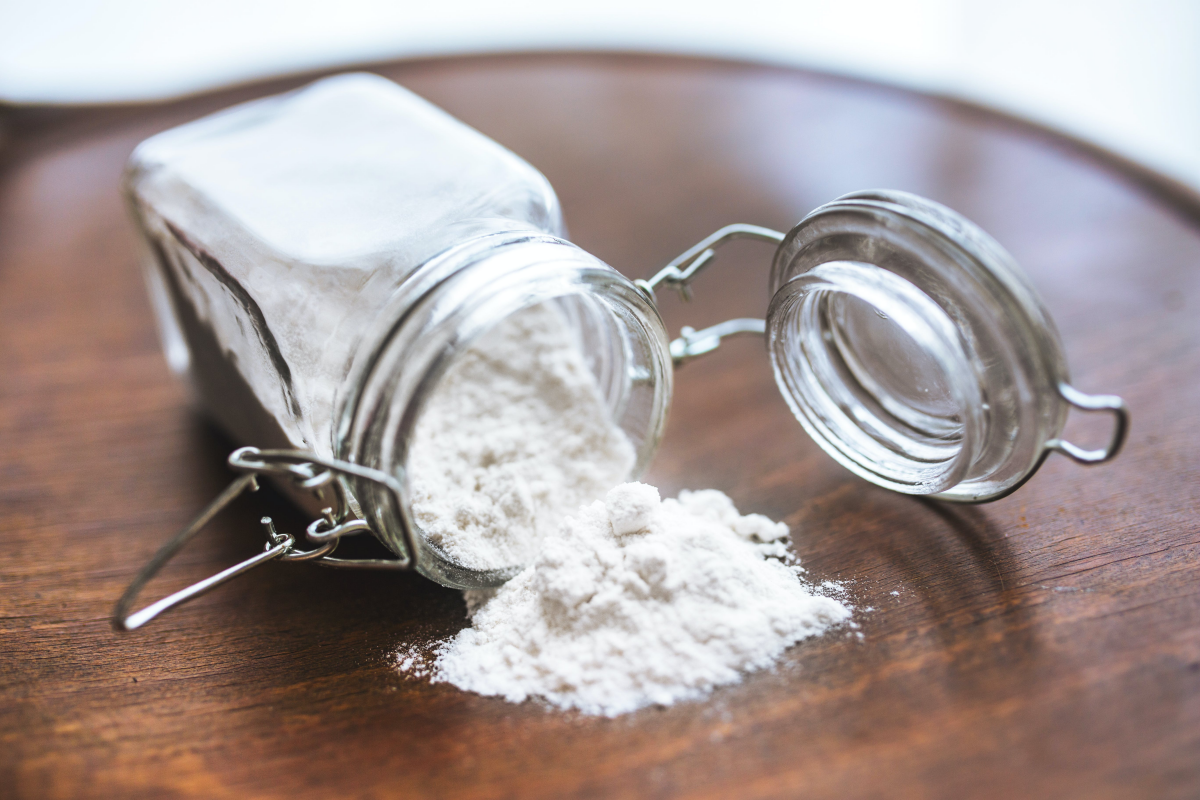
The Wash Cycle: The Final, Crucial Step
You’ve pre-treated the stain, and now you’re ready to wash. Don’t just chuck it in with your regular laundry!
Wash the stained item by itself or with other grimy work clothes. There’s always a small chance some residual oil could transfer to other garments.
Check the care label and use the HOTTEST water the fabric can safely handle. Hot water helps keep the oil liquefied so the detergent can flush it away. For cotton and denim, that means a hot cycle. For synthetics, warm is usually your best bet.
And now for the most important rule of all. I’ll say it in all caps because it’s that serious: NEVER, EVER PUT THE GARMENT IN THE DRYER. The high heat of a dryer will cook any remaining oil into the fabric, setting it permanently. I’ve seen it happen a hundred times. A faint stain you could barely see becomes a dark, ugly blotch forever. Always hang the garment to air dry. Once it’s totally dry, inspect the spot in good light. If you see any hint of the stain left, just repeat the pre-treatment and wash cycle. Only when it’s 100% gone can it go in the dryer.
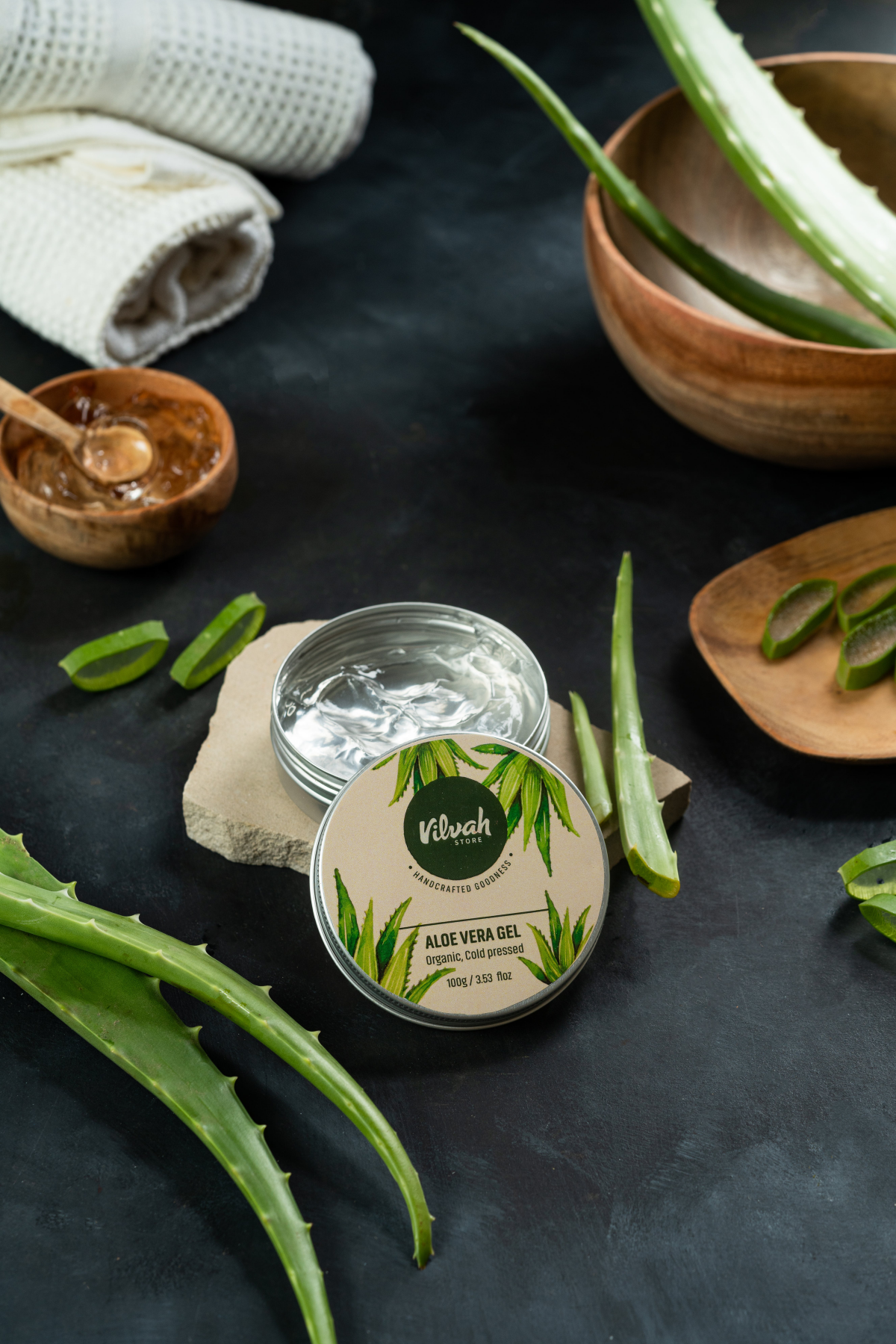
What About Old, Set-In Stains?
What if you find a stain that’s already been through the wash and dryer? It’s tougher, but not always impossible. Your goal is to re-liquefy the old, oxidized oil. I’ve had some luck starting with a solvent like WD-40 or the mechanic’s hand cleaner. Let it sit for at least an hour, maybe longer, to really penetrate. Then, follow up with the dish soap pre-treatment and wash as directed.
Listen, to be frank, if a stain has been baked in multiple times, you might only be able to lighten it, not remove it completely. It’s about damage control at that point, but it’s still worth a shot! For delicate fabrics like silk or wool, my best advice is to just take it to a professional dry cleaner. It’s not worth the risk of ruining an expensive item.
My $10 Motor Oil First-Aid Kit
I keep a small, dedicated kit in my laundry room so I’m always ready. It’s cheap to put together and has saved me so many times. You can grab all this stuff on a single trip to a big-box store.
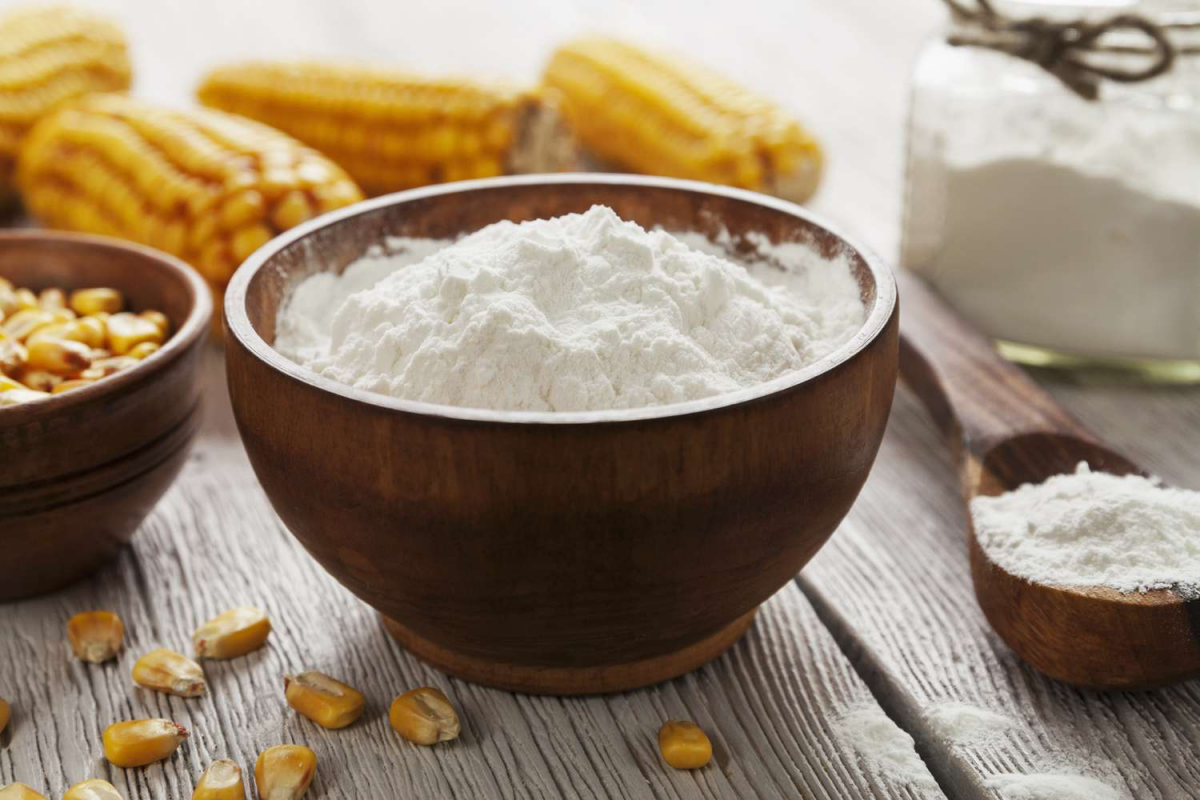
- A box of Cornstarch: ~$2
- A bottle of blue, grease-cutting dish soap: ~$3
- A small can of WD-40: ~$5
- An old toothbrush: Free!
Having this stuff on hand means you can act immediately, which is half the battle. With a little patience and the right method, you can stop letting motor oil win.
Galerie d’inspiration
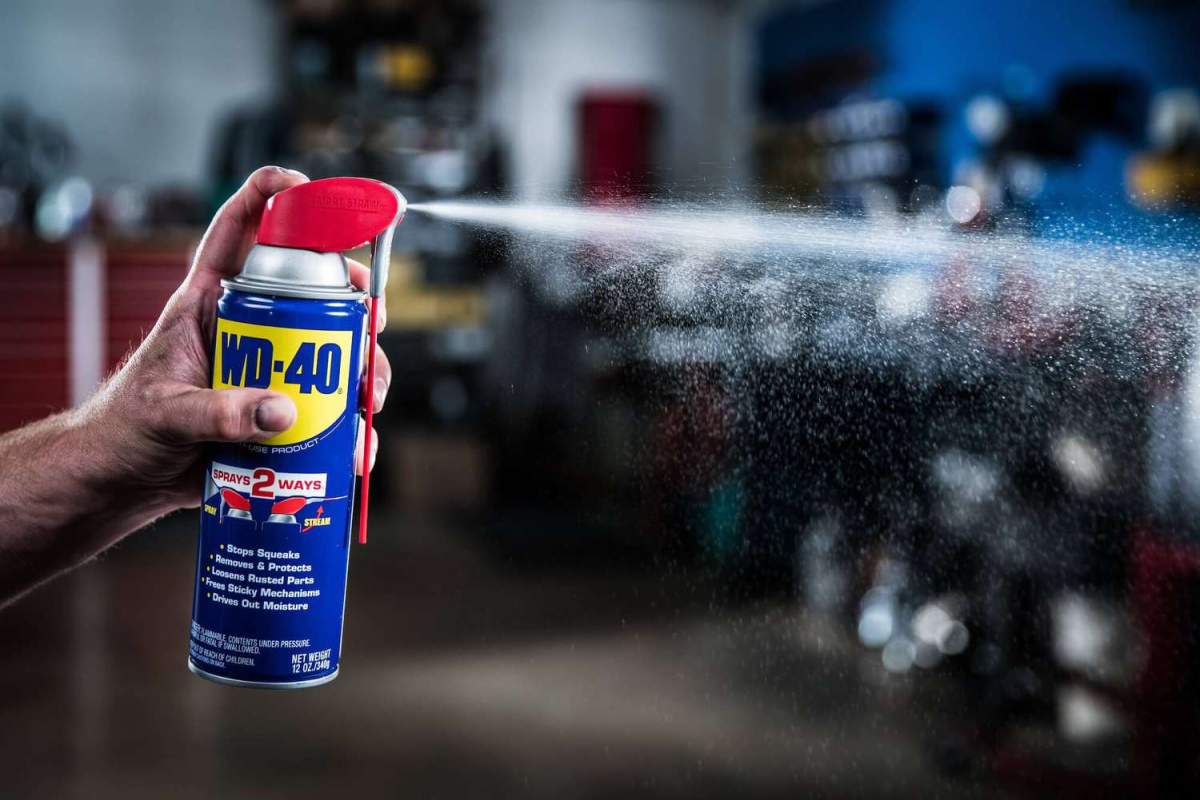

Don’t underestimate the power of your garage hand cleaner. A small dab of a pumice-free degreasing soap like Gojo or Fast Orange, worked gently into the stain with an old toothbrush before washing, can act as a powerful first assault on the grease, breaking it down just as it does on your hands.
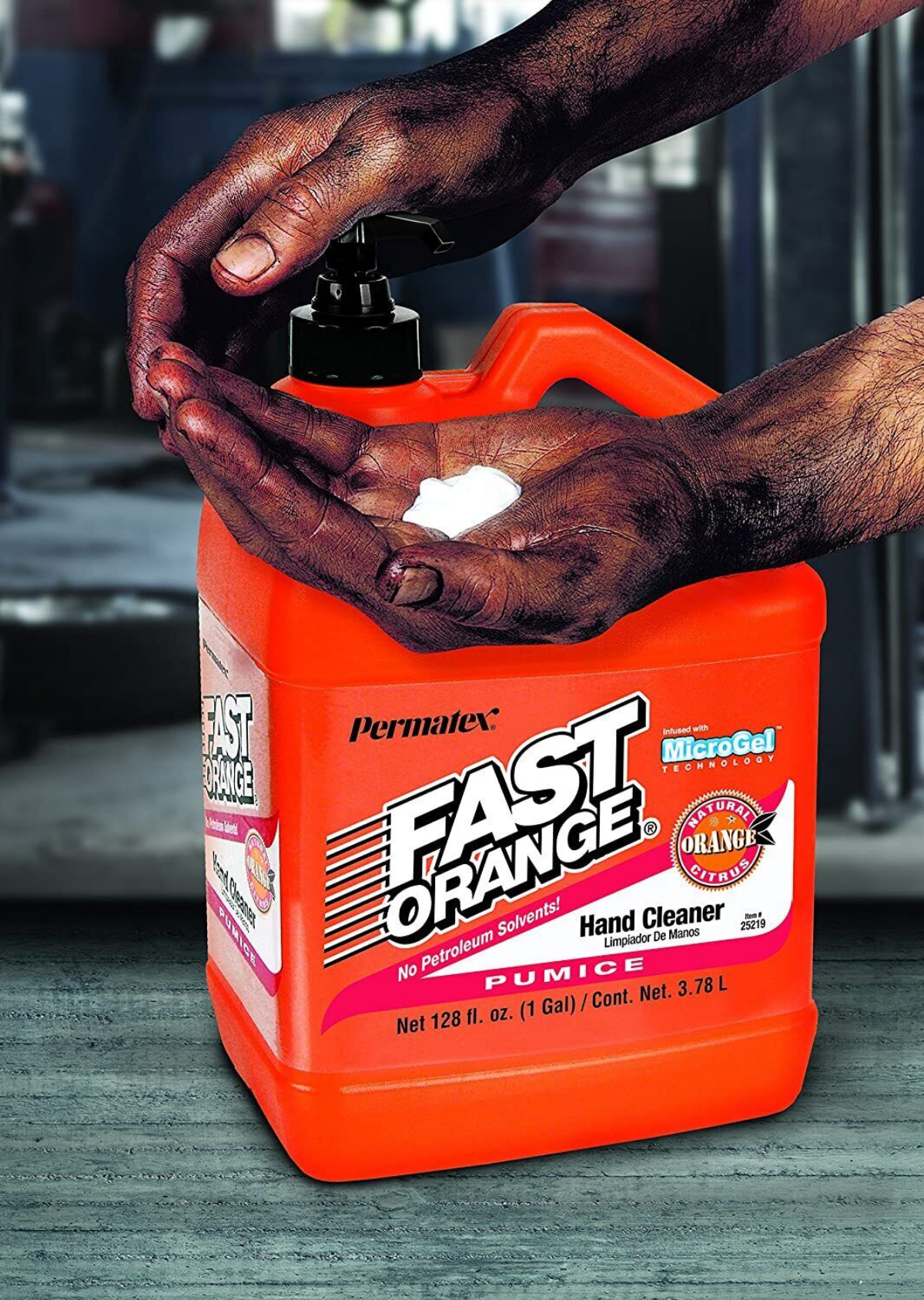
Did you know? Modern motor oil is only about 75-85% base oil. The rest is a complex cocktail of additives, including dispersants designed to hold contaminants in suspension and detergents that fight sludge. It’s this very blend that makes it so tenacious on fabric fibers.
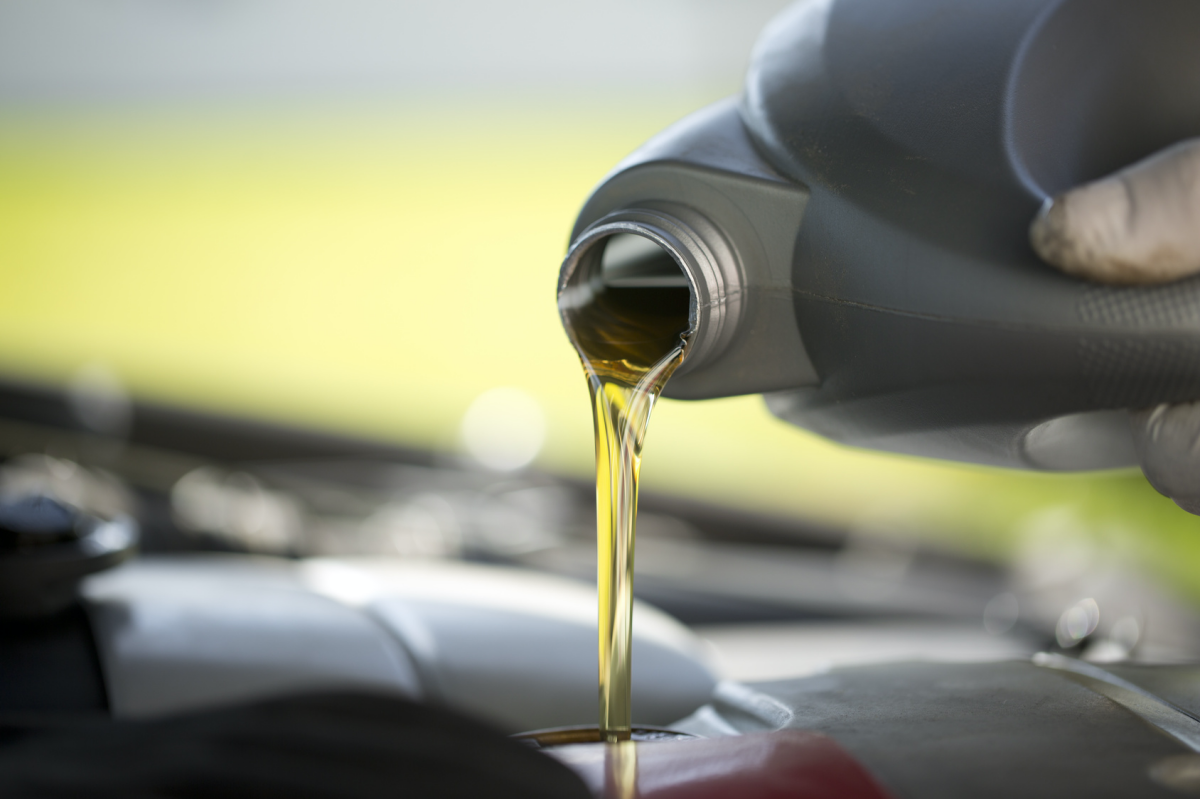
The Mechanic’s Secret Weapon: For a truly stubborn, set-in stain on tough fabric like denim, a can of brake cleaner can work wonders. It’s an aggressive solvent designed to dissolve grease and oil instantly.
Crucial Warning: ALWAYS test on a hidden seam first, as it can damage delicate fabrics or cause color loss. Use in a well-ventilated area and wash the garment immediately after application.

Thinking about the type of fabric is key. Here’s a quick rundown:
- Cotton: Highly absorbent. The oil soaks deep, so you need an agent that can penetrate the fibers. Patience and a good absorbent powder are your best friends here.
- Polyester & Synthetics: These are essentially plastics (oil-based), so the oil molecules bond readily. Solvents and degreasers are often more effective than water-based treatments.
- Denim: The tough, thick weave can trap oil. Use a stiff brush to work your cleaning agent deep into the fabric’s texture.

- Prevents the stain from becoming a permanent greasy shadow.
- Keeps the fabric from feeling stiff and crusty after washing.
- Saves your washing machine from accumulating a greasy buildup.
The trick? A final pre-treatment check. After applying your chosen cleaning agent (like Dawn or Lestoil) and letting it sit, add a few drops of water. If the water beads up on the spot, the oil is still present. If it soaks in, you’ve successfully broken the oil’s barrier and it’s ready for the wash.
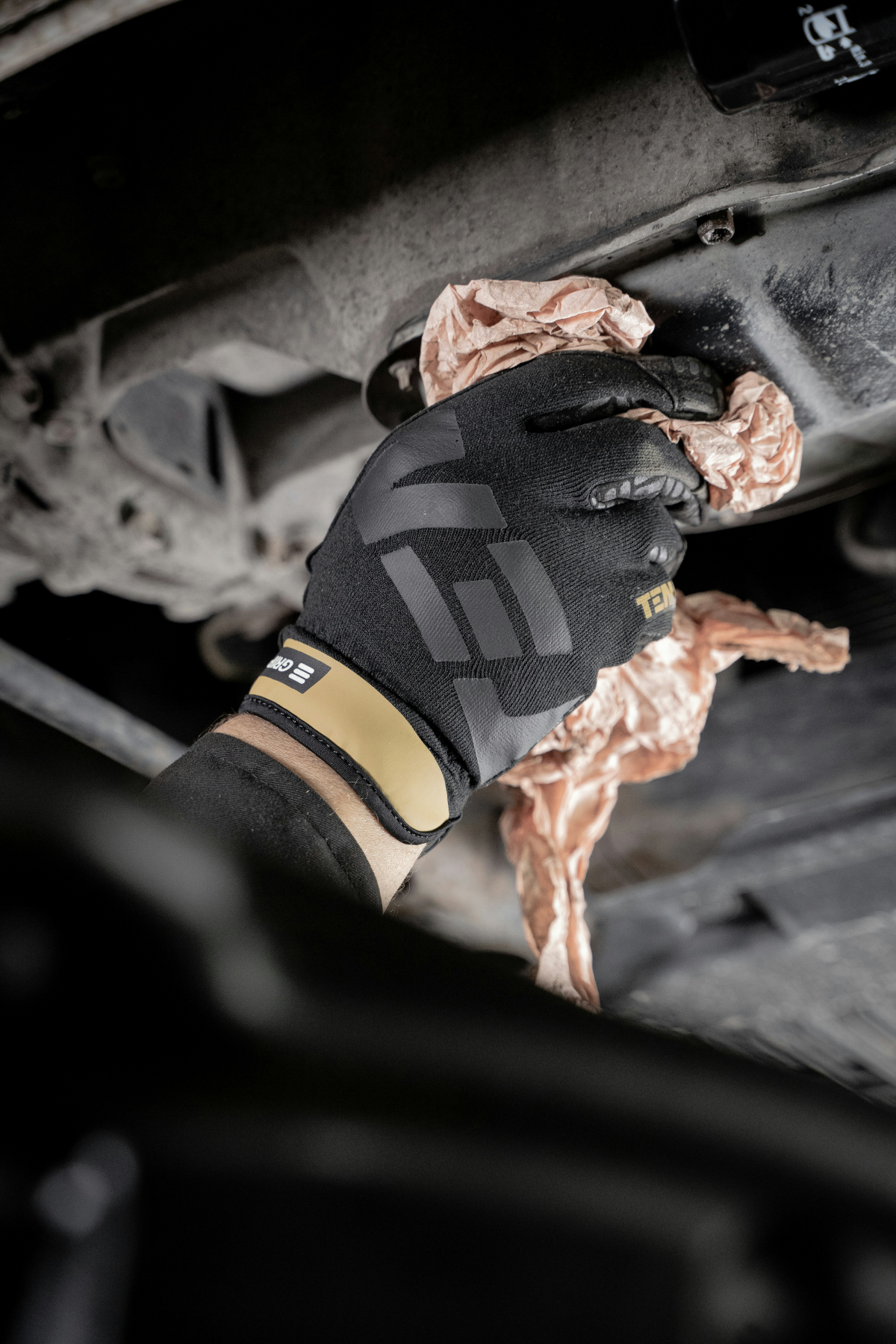
What about old, dried motor oil stains you just discovered?
It’s tougher, but not impossible. Place a piece of cardboard behind the stain inside the garment. Apply a solvent like WD-40 or a citrus-based degreaser directly to the stain to re-liquefy the oil. Let it sit for 15-20 minutes, then follow the main article’s steps: blot, apply an absorbent powder, scrape, and pre-treat with heavy-duty detergent before washing.
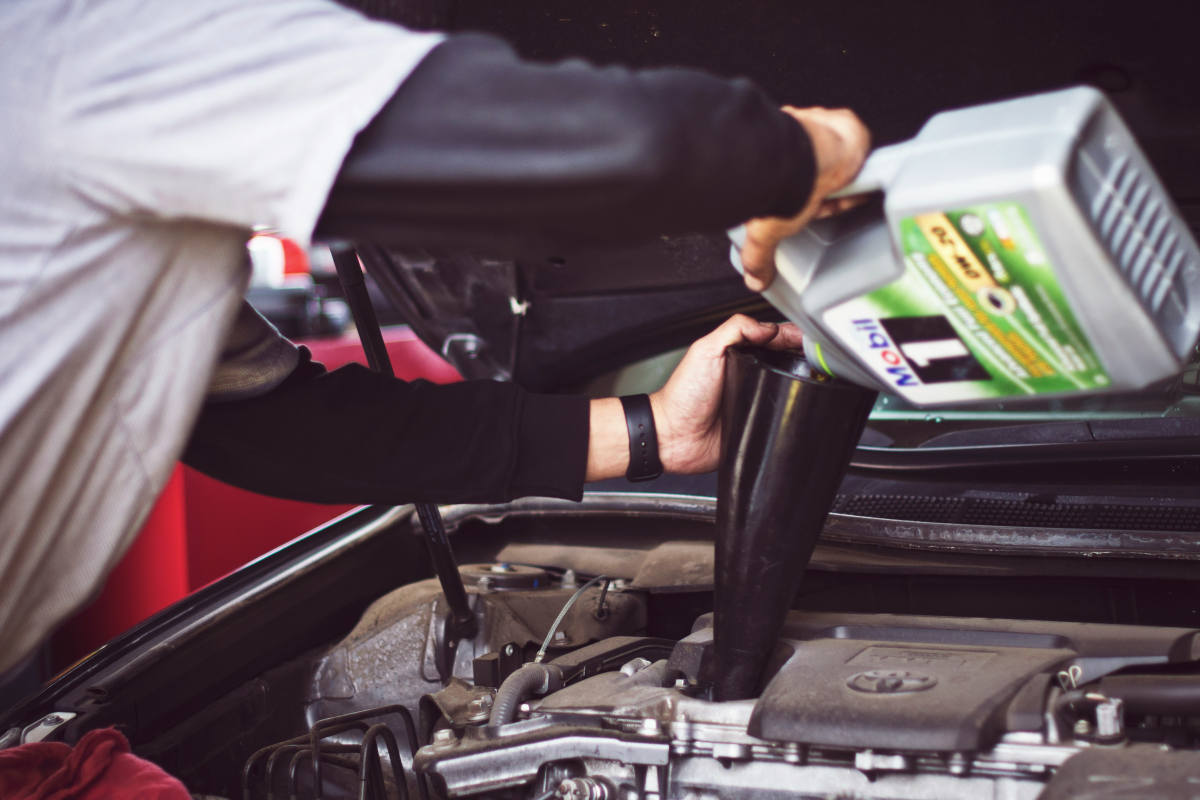
Dish Soap: An excellent, budget-friendly first choice. A powerful grease-cutter like Dawn Platinum is formulated to break up fats and oils, making it perfect for fresh stains. It’s gentle on most fabrics.
Dedicated Laundry Degreaser: Products like Lestoil or Carbona Stain Devils are formulated specifically for laundry. They often contain solvents that are more effective on older, set-in stains and are designed to rinse away cleanly in a washing machine.
For a fresh spill, dish soap is great. For a forgotten stain, invest in the dedicated product.
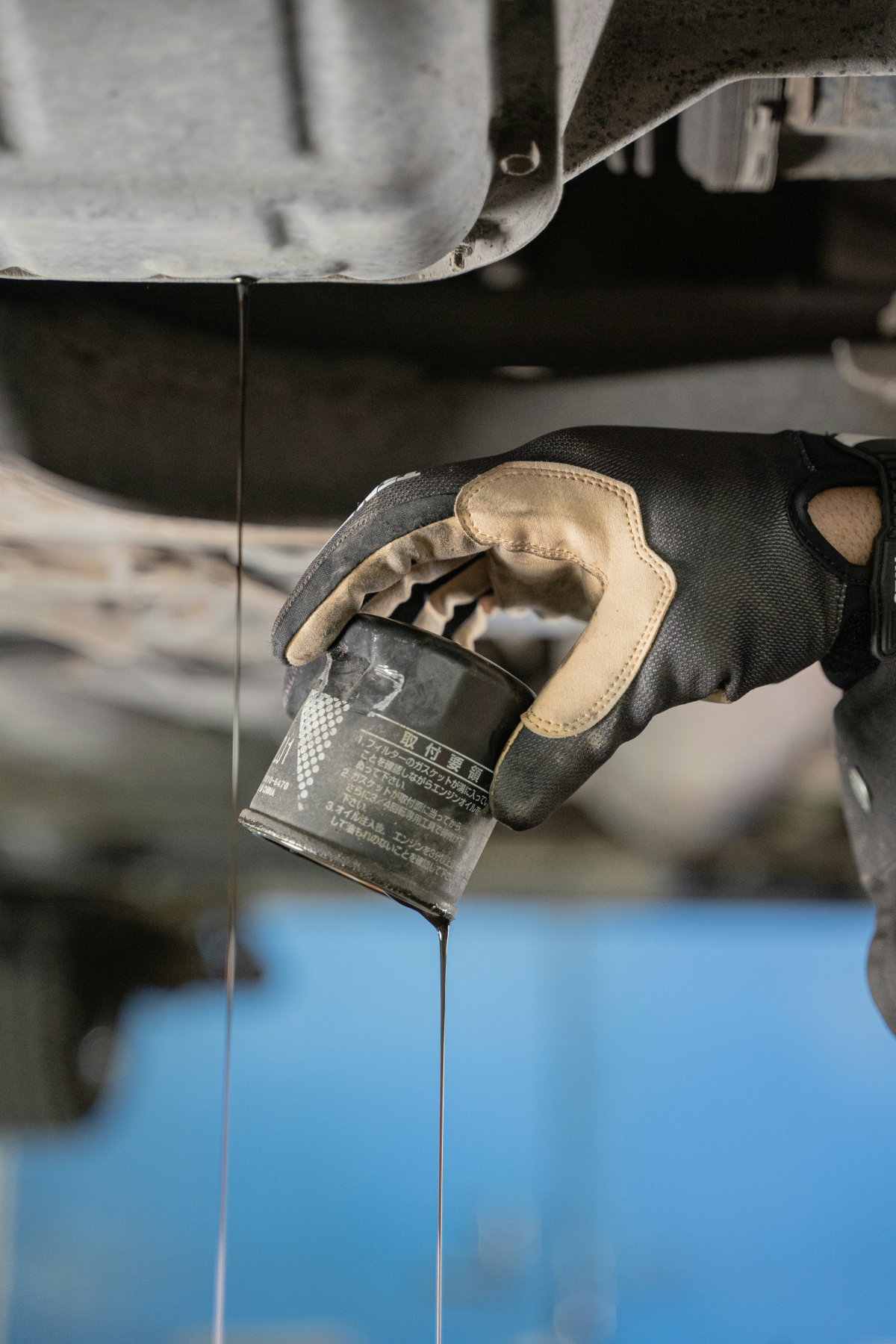
Once you’ve blotted the oil, you’ve created oily waste. Don’t just toss those paper towels in the trash where they can pose a fire risk in hot, dry conditions. For home use, place the oily rags or paper towels in a metal can with a tight-fitting lid (like an old paint can) before taking them to a hazardous waste disposal facility.
- An old, soft-bristled toothbrush for gentle scrubbing.
- Baking soda or cornstarch for maximum oil absorption.
- A heavy-duty liquid laundry detergent, like Persil ProClean Intense Fresh, which contains enzymes effective on tough stains.
- A small bottle of a dedicated degreaser for the really tough jobs.










